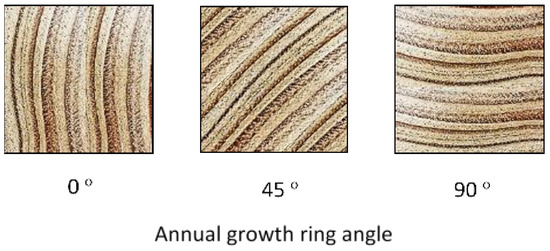Softwoods And Hardwoods Read Theory
There are many different types of wood and not all of them burn in the same way.
Softwoods and hardwoods read theory. Try this amazing hardwood and softwood quiz which has been attempted 526 times by avid quiz takers. Hardwoods and softwoods also differ on a microscopic level. The dominant feature separating hardwoods from softwoods is the presence of pores or vessels. Hardwoods have a more complex structure than softwoods and are often much slower growing as a result.
Softwoods like fir and pine are great for new fire builders to use. All trees reproduce by producing seeds but the seed structure varies. But the difference between these two types of wood isn t in their name. One of the botanical groups of trees that in most cases have needle like or scale like leaves.
Ncsu inside wood project reproduction of the american woods. These pores allow the hardwood to transport water throughout the wood to keep the tree healthy. These pores are what creates the visual difference between the softwood and hardwood grain. This might be a fruit such as an apple or a hard shell such as an acorn.
Softwoods have cones and needles. Wood is often classified into two categories including hardwood and softwood. Softwoods and hardwoods when building a fire you should always consider the type of wood you want to use. Also explore over 1 similar quizzes in this category.
Hardwood trees are angiosperms plants that produce seeds with some sort of covering. Exhibited by actual specimens and with copious explanatory text by romeyn b. Hough us forest products laboratory characteristics and availability of commercially important wood from the wood handbook pdf 916k. That is hardwood isn t necessarily denser than softwood.
For instance yew wood is classified as a softwood but is considerably tougher than certain hardwoods. This happens to be generally true but there are exceptions such as in the cases of wood from yew trees a softwood that is relatively hard and wood from balsa trees a. Classifying wood as either a hardwood or softwood comes down to its physical structure and makeup and so it is overly simple to think of hardwoods as being hard and durable compared to soft and workable softwoods. The hardwood softwood distinction is a general designation and does not literally refer to the hardness of the wood since some conifers have harder wood than certain hardwoods.
Hardwood from deciduous species such as oak normally shows annual growth rings but these may be absent in some tropical hardwoods. For instance hardwoods have pores whereas softwoods don t. Hardwoods come from non monocot angiosperm trees also known as flowering plants that usually have seeds encased within a fruit. The conifers such as pines firs and redwoods contrasted with the hardwood or deciduous trees.
The distinction between hardwood and softwood actually has to do with plant reproduction.














































